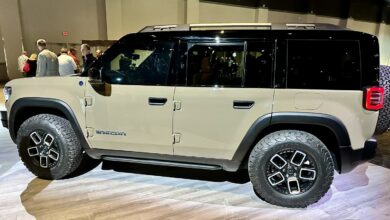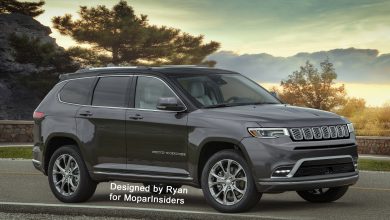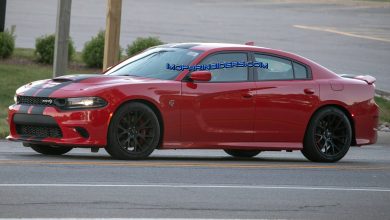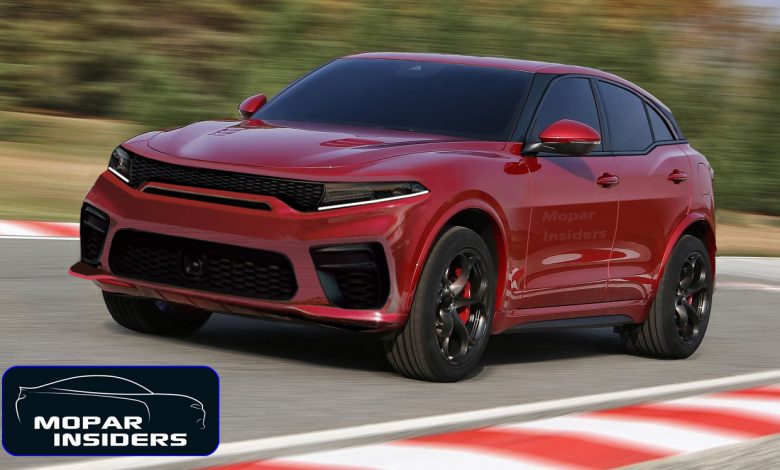
With the Journey and Grand Caravan running on borrowed time, the future of the Dodge brand has been questioned by many fans since only three models will remain (Charger, Challenger, and Durango). While performance models are said to be in the works like a Durango SRT Hellcat model and a road-racing Challenger ACR model, it still only leaves the Dodge brand with three models. But we are now learning about the next all-new Dodge vehicle to come to the lineup and fill in the gap that will be left by the Journey.

According to our sources, the Dodge brand is hard at work on a new 5-passenger performance-based utility vehicle (UV). The new UV will be based on the Giorgio architecture, meaning that it will feature a rear-wheel-drive (RWD), while all-wheel-drive (AWD) will be optional. The Giorgio architecture which currently underpins the current Alfa Romeo Giulia and Stelvio will also underpin the future Jeep Grand Cherokee and its three-row variant which both will debut in the 2021 model year.
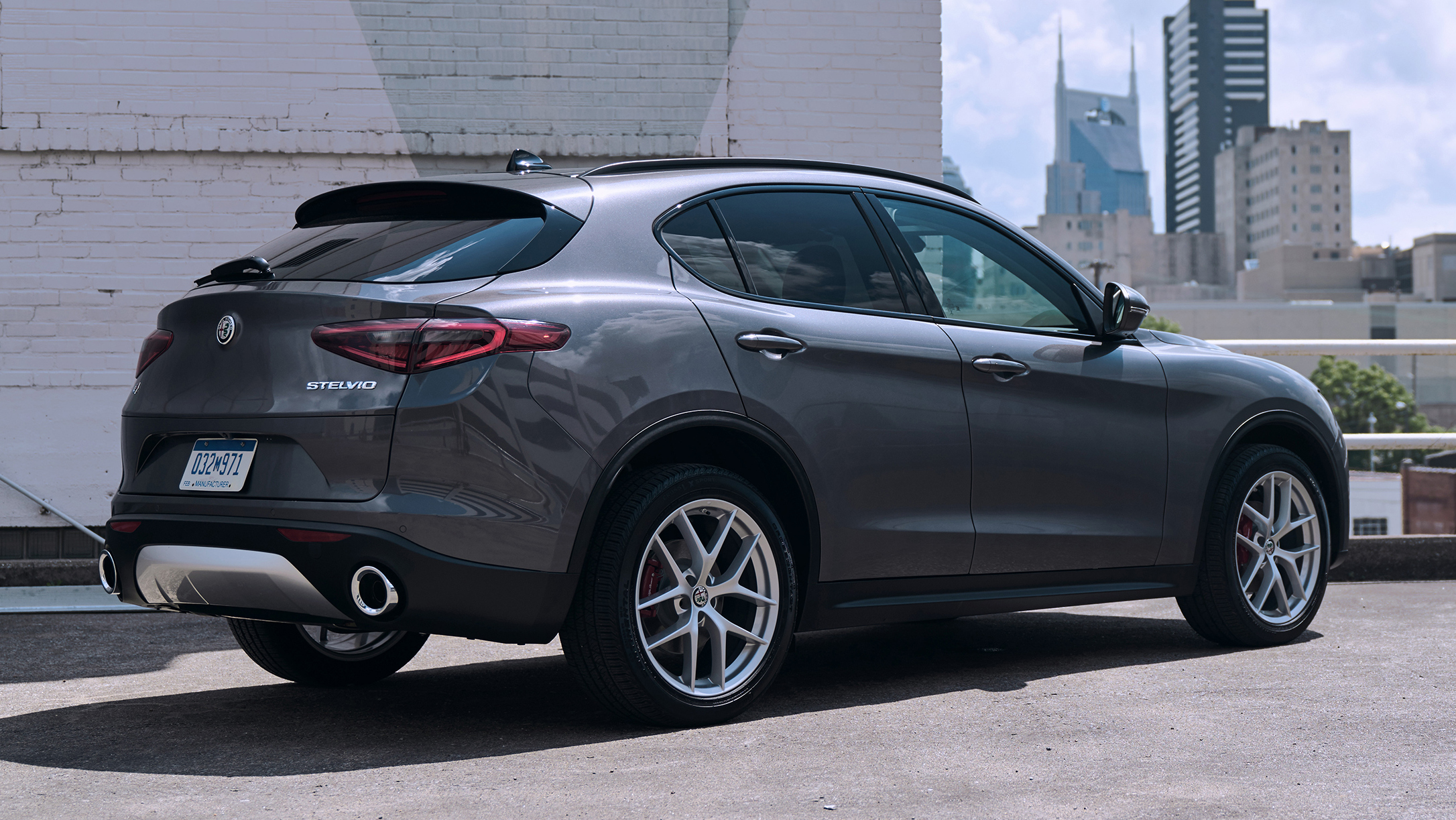
We have been told that the new Dodge midsized UV will be around the size of the Alfa Romeo Stelvio and will feature styling heavily influenced by the Dodge Charger sedan. Expect things like the Dodge//SRT performance front-end and bodyside scallops might even make an appearance on the new UV. The last midsized UV the brand had was the Dodge Nitro, which made its debut as a 2007 and ran until 2011, however, the Nitro was never really focused on performance.
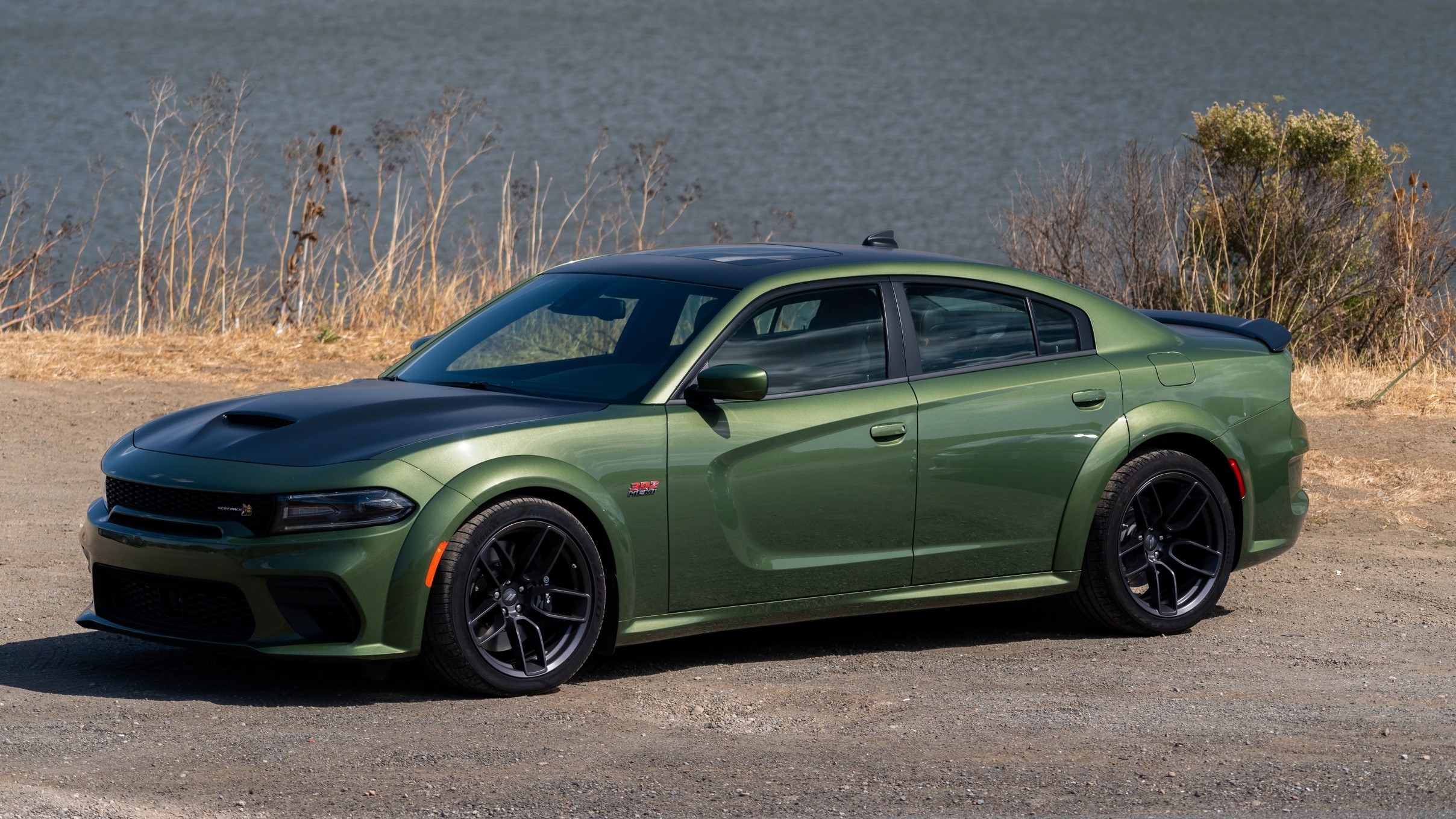
Our sources are relaying to us that the “muscle” UV will have a number of powertrain options, with HEMI power being optional. We are told that the vehicle will feature several trim levels, including a designated Scat Pack model. The new UV will be more focused on on-road performance, than being an off-roader, so expect the Dodge brand to focus on a UV that can handle and not be focused on straight-line performance.
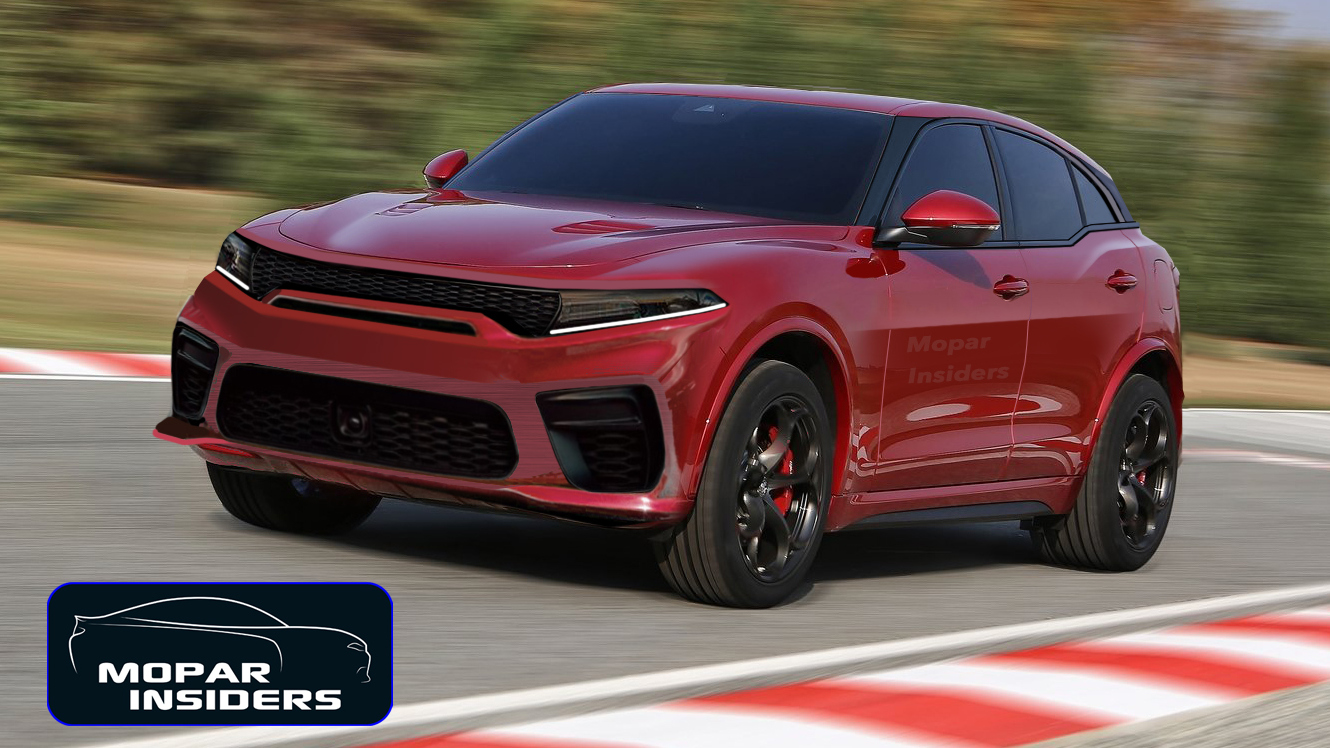
As for when this Dodge midsized UV will be making its way into showrooms, we are being told that it won’t be arriving until 2022 as possibly an early 2023 model. So for those excited about a new Dodge branded vehicle, you may have to wait a while. But nevertheless, it looks like the Dodge brand is working on new vehicles, despite what some internet rumors are saying.

